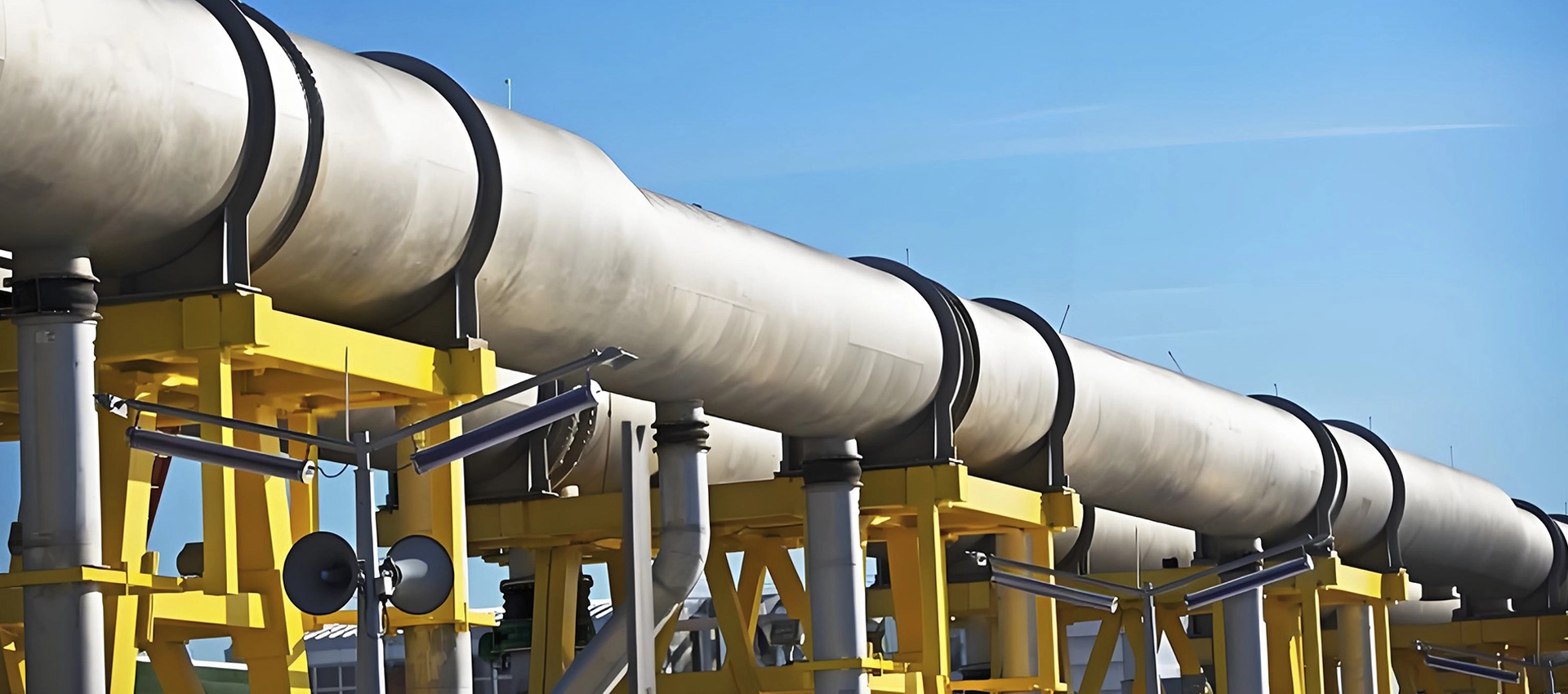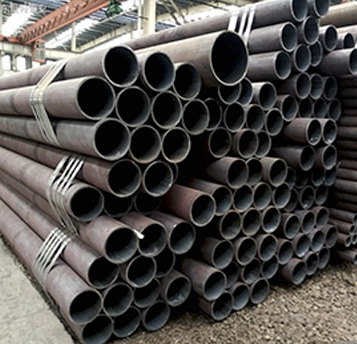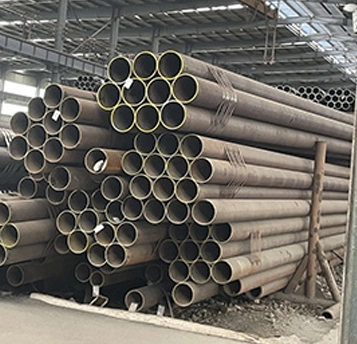Standard and Material Grades of ASTM A519 pipes
ASTM A519 is a specification for seamless carbon and alloy steel mechanical tubing, available in various grades to meet different application requirements. The standard includes low-carbon grades (e.g., MT 1010, MT 1015), high-carbon grades (e.g., 1020, 1035), alloy grades (e.g., 4130, 4140), and resulfurized or rephosphorized grades (e.g., 1118, 1137) .
Chemical Composition and Mechanical Properties of ASTM A519 pipes
The chemical composition varies by grade. For example, Grade 4130 contains Carbon (0.28–0.33%), Manganese (0.40–0.60%), Silicon (0.15–0.35%), Chromium (0.80–1.10%), and Molybdenum (0.15–0.25%) . Its mechanical properties include a tensile strength of 560–770 MPa, yield strength of 460–650 MPa, elongation of 18–25%, and hardness of 140–220 HBW.

 EN
EN








